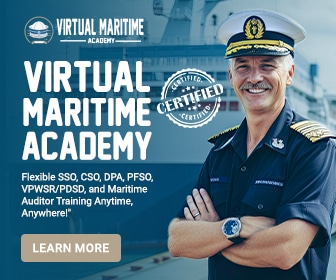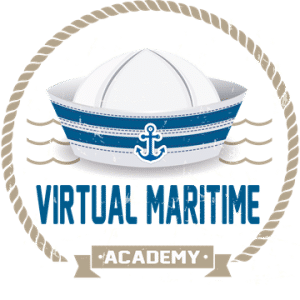Understanding Maritime Security Audits
Maritime security audits are essential for ensuring the safety and security of vessels, ports, and related maritime infrastructure. The objective of these audits is to assess and enhance the capabilities of maritime entities to mitigate threats such as piracy, smuggling, terrorism, and other illicit activities. Conducting an effective maritime security audit involves meticulous planning, thorough examination, and comprehensive reporting.
Preparing for the Audit
Establish Audit Scope and Objectives
Before beginning the audit, it’s crucial to define its scope and objectives clearly. This includes identifying the specific areas and processes to be audited, such as cargo handling procedures, access control measures, and emergency response plans. Additionally, the objectives may encompass compliance with national and international regulations, identifying potential security vulnerabilities, and evaluating the effectiveness of existing security measures.
Assemble the Audit Team
An effective audit team should comprise individuals with diverse expertise in maritime security, including knowledge of international maritime regulations, port operations, and risk assessment techniques. The team may also include external consultants to provide an unbiased perspective. Ensuring that team members are equipped with the necessary tools and have access to relevant data and documentation is crucial for a successful audit.
Conducting the On-site Audit
Review Documentation and Records
The initial phase of the on-site audit involves a comprehensive review of existing documentation and records. This includes examining security plans, incident reports, training records, and maintenance logs. The objective is to verify that documentation is accurate, up-to-date, and in compliance with applicable regulations.
Perform Physical Inspections
Physical inspections are a vital component of the audit. These inspections involve assessing security infrastructure such as fencing, surveillance cameras, access control systems, and lighting. Auditors should check for any signs of wear, damage, or tampering that could compromise security. Additionally, the layout of the facility should be evaluated to identify potential blind spots or areas requiring enhanced protection.
Interview Personnel
Interviews with key personnel, including security officers, port managers, and vessel crew, provide valuable insights into the practical implementation of security measures. These interviews can help auditors understand the awareness level and preparedness of personnel, identify gaps in training, and gather anecdotal evidence of security incidents or near-misses.
Analyzing and Reporting Findings
Évaluation des risques
Based on the data collected during the audit, performing a risk assessment is essential. This involves identifying potential threats, evaluating the likelihood and impact of these threats, and determining the overall risk level. The assessment helps prioritize areas that require immediate attention and resource allocation.
Compliance Evaluation
Evaluating compliance with national and international maritime security regulations, such as the International Ship and Port Facility Security (ISPS) Code, is another critical aspect. Non-compliance can result in legal consequences and increased vulnerability to security threats. Therefore, auditors must ensure that all regulatory requirements are met.
Preparing the Audit Report
The audit report should provide a detailed account of the findings, including identified vulnerabilities, areas of non-compliance, and recommendations for improvement. It should be structured in a clear and concise manner, with sections dedicated to each aspect of the audit. Visual aids such as charts and photos can enhance the report’s clarity and impact.
The report should be shared with relevant stakeholders, including port authorities, ship operators, and regulatory bodies. An action plan outlining the steps to address identified issues should accompany the report, ensuring that the audit leads to tangible improvements in maritime security.
Continuous Improvement and Follow-Up Audits
An effective maritime security audit is not a one-time exercise but part of an ongoing process of continuous improvement. Organizations should implement the recommendations and action plans derived from the audit findings. Regular follow-up audits are essential to assess the effectiveness of corrective actions and ensure that security measures remain robust and up-to-date in the face of evolving threats.
Conducting effective maritime security audits is pivotal to safeguarding maritime assets and ensuring the smooth operation of global trade. By following a structured approach and integrating continuous improvement practices, maritime stakeholders can significantly enhance their security posture and resilience against various threats.







